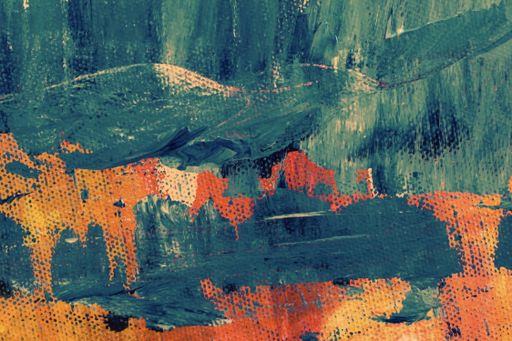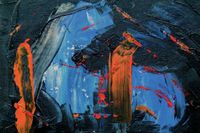Stanley Whitney’s Long Overdue Retrospective Explores his Path to Abstraction
A look into Stanley Whitney's first museum retrospective and the evolution of his artistic career.

Finding His Format
Stanley Whitney's museum retrospective, 'How High the Moon,' showcases his signature style of saturated rectangles of colors arranged into distinct rows.
Since 2002, Whitney has been devoted to this format, painting richly colored, loose grids on small and large scales.
His well-known square format ranges from 12 to 96 square inches.
Early Years and Influences
Whitney's upbringing in Philadelphia was surrounded by music, particularly jazz. Although his family didn't have a background in art, Whitney took his first art class at the age of 12 and continued to create throughout high school.
Inspired by artists like Paul Cézanne, Diego Velázquez, Francisco de Goya, Whitney pursued art school to become an illustrator. However, his love for painting prevailed.
During an artist residency at Skidmore College, Whitney began to navigate his artistic path, mentored by Robert Reed and Philip Guston.
Exploration and Evolution
After exploring different styles and subject matters, including landscapes and abstraction, Whitney arrived in New York to further his artistic pursuits. He experimented with acrylic paint, drawing inspiration from artists like Larry Poons and Morris Louis.
Whitney's work in the '70s showcased his interest in color, space, and abstraction. He constantly threw away paintings as he sought to create meaningful compositions.
Drawing also became a significant part of his process, allowing him to work through his ideas and teach his students during his years as an educator.



